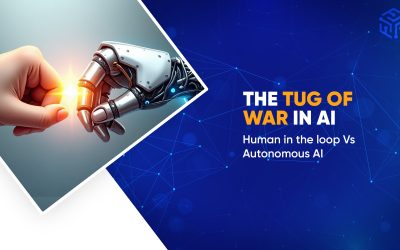“The Tug of War in AI”- Human in the loop Vs Autonomous AI
Explore the evolving balance between human-in-the-loop systems and fully autonomous AI, and how platforms like Fusefy.ai bridge the gap
Security-First Strategies for AI First Deployments
Security-first strategies for AI-first deployments ensure robust protection, compliance, and resilience from the start.
Optimizing RAG Pipelines: A Deep Dive into Hyperparameter Tuning with RAG Builder
RAG Builder streamlines setup and testing to optimize retrieval-augmented generation pipelines for faster, more efficient performance.
Reinforcement Fine Tuning Vs Supervised Fine Tuning
Reinforcement Fine-Tuning uses rewards to shape AI behavior, while Supervised Fine-Tuning relies on labeled data
The Path to AI Adoption Begins with Data Modernization
The path to AI adoption starts with data modernization—transforming legacy data into a scalable, intelligent foundation for innovation.





